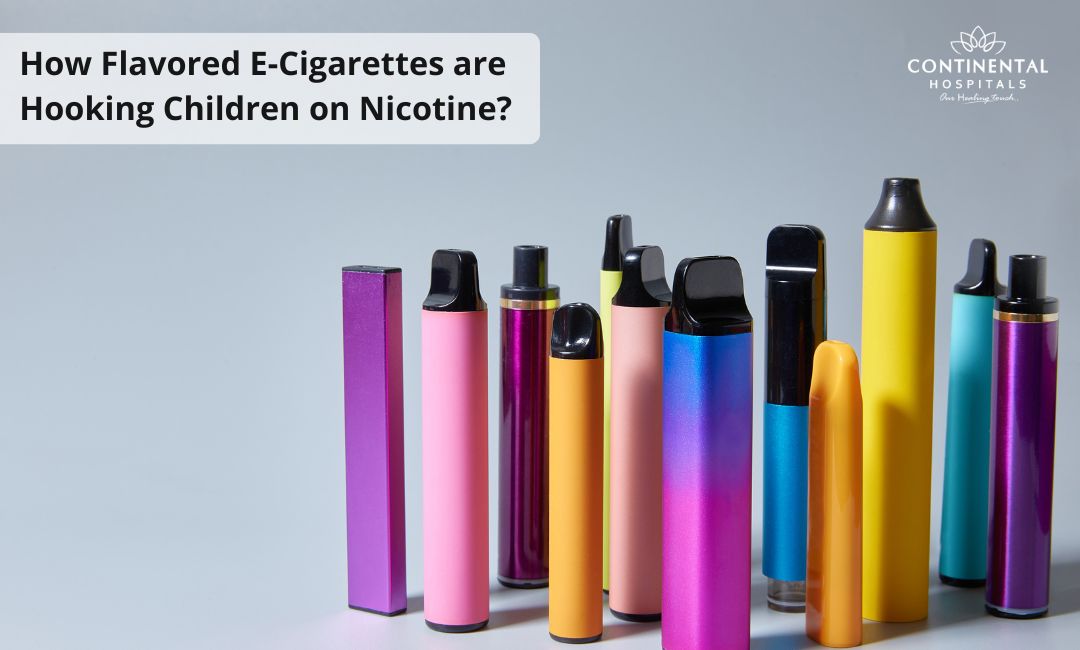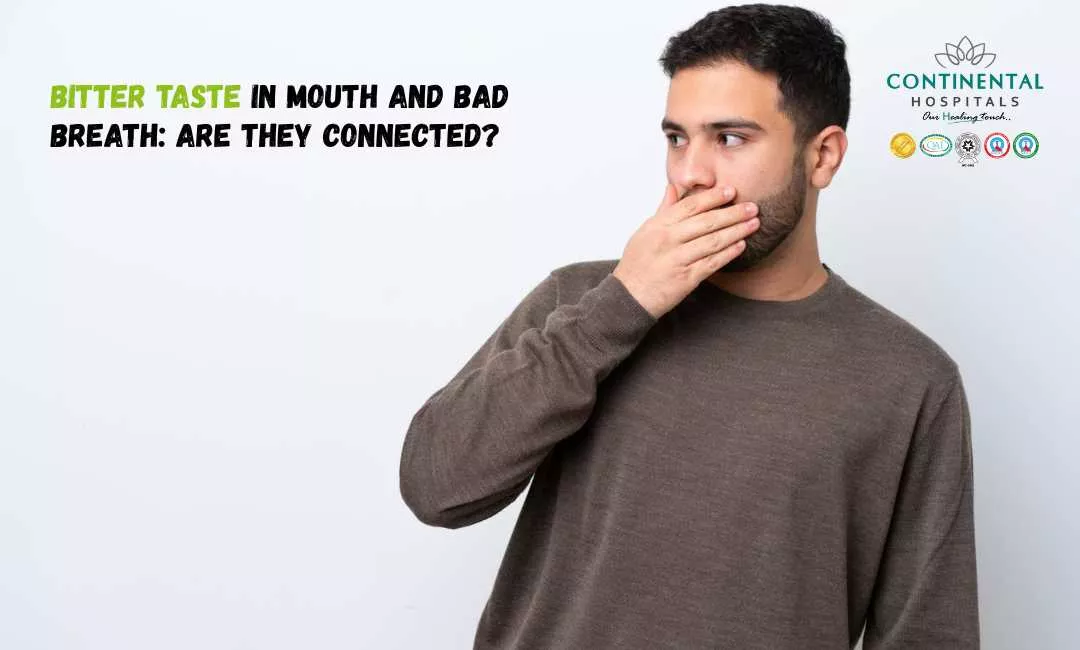Flavored e-cigarettes are now very popular among teens and young adults. Their appeal extends beyond sweet and fruity flavors. They are perceived to be less harmful than regular cigarettes. However, there is growing concern that these flavored e-cigarettes are addicting many young people to nicotine.
Flavored E-Cigarettes appeal
E-cigarettes often come in flavors, examples being "Cotton Candy," "Mango Breeze," or "Gummy Bear," in order to make them appealing to a younger audience. Flavors that ring well with a young person's taste buds mask the abrasive taste of nicotine, making the experience of inhaling more pleasurable and less intimidating. Meanwhile, this strategy effectively attracts teenagers who may be disinterested in traditional tobacco products.
Studies have shown that if flavors are available that appeal to teenagers, they are more likely to be curious about trying an e-cigarette. One study reported in the journal Tobacco Control found that teens who used flavored e-cigarettes were much more likely to become regular users compared with those who used non-flavored varieties.
Mechanics of Nicotine Addiction
Nicotine is a highly addictive chemical found in both cigarettes and e-cigarettes. Once inhaled, it goes directly to the bloodstream and reaches the brain very quickly. It triggers a reaction that releases dopamine, commonly referred to as the neurotransmitter linked with pleasure or reward. After some time, the brain needs nicotine to achieve that feeling of pleasure and eventually becomes dependent on it; hence, addiction ensues.
These effects can be even more pronounced in a teenager who is still within the critical period of brain development. The adolescent brain is most susceptible to addiction, and nicotine exposure can affect the developing brain in ways that increase addiction vulnerability. This creates a self-reinforcing cycle where the young user needs higher amounts of nicotine to produce similar effects, therefore advancing the risk of long-term addiction.
Health Risks of Flavored E-Cigarettes
Nicotine Addiction: Flavoring disguises the burning sensation of nicotine, leading to increased consumption and ultimately a higher danger of addiction, particularly in young people.
Potential Lung Damage: Most flavored e-cigarettes contain diacetyl, among other toxic chemicals associated with a condition popularly termed "popcorn lung." This condition causes structural damage to the pathways that carry air to the lungs.
Long-term Effects: Because e-cigarettes have not been on the market long enough to study their long-term use, the majority of the health effects are unknown.
Irritation of Airways: E-liquids for flavored e-cigarettes can also cause airway irritations characterized by coughing, wheezing, and shortness of breath.
Increased Respiratory Problems: Vaporizing flavoring chemicals and then inhaling them can increase respiratory problems such as asthma and bronchitis.
Possible Cardiac Health Damage: Some studies have shown that the use of electronic cigarettes may be detrimental to cardiovascular health by increasing heart rates and blood pressure.
Chemical Exposures: Toxic chemicals and poisons in e-cigarette flavors, such as formaldehyde and acetaldehyde, are potentially harmful to inhalation.
Oral Health Implications: Nicotine and other chemicals in e-vapors can cause dental health issues such as periodontal disease and dental caries.
Gateway into Smoking: More precisely, flavored e-cigarettes are considered a gateway into smoking for teenagers.
Risk of Accidental Ingestion: The sweet flavors of the e-cigarettes make them appealing to kids, increasing the risk of accidental ingestion of nicotine-containing liquids.
What Can Be Done?
Addressing the issue of flavored e-cigarettes and their consequences for youth necessitates a multifaceted approach:
Regulation and Legislation: The government can enforce the second phase of regulation and legislation by imposing strict regulations on the sale and marketing of flavored e-cigarettes. This will enforce age restrictions on their sale, limit marketing practices that target youth, and set standards for nicotine content in e-cigarettes.
Education and Awareness: Increasing awareness of the potential risks associated with e-cigarette use is another crucial measure to prevent young people from trying them. Schools and community programs could educate people about the dangers of nicotine addiction and the possible health risks associated with e-cigarette use.
Parental Involvement: This could be defined as parents discussing with their children the risks of e-cigarettes and setting expectations about tobacco use. Generally, open communication may be one of the most critical factors in deterring adolescents from experimenting with an e-cigarette.
Support for Quitting: This is very important support for those who have already gotten hooked on nicotine. Schools, healthcare providers, and community organizations can provide counseling and cessation programs that help the individuals kick their nicotine habit.
Conclusion
Flavored e-cigarettes have become a major concern because they play a significant role in enticing young people into the trap of nicotine addiction. Appealing flavors, targeted marketing, and easy availability combine to create an ideal environment for a new generation of nicotine users. This needs to be approached comprehensively—through regulation that includes complete disclosure, public education, parents, and support for quitting. In this way, we are able to take major steps toward reducing the incidence of nicotine addiction among youth and saving long-term health.
Related Blog Topics:
1. How to Quit Vaping and protect your Heart?
2. Link Between Vaping and Heart Failure
3. How E-Cigarettes Can Harm Your Heart?
.webp)














